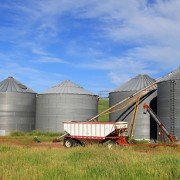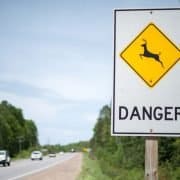Safety: The dangers of carbon monoxide
Carbon monoxide (CO) is a poisonous, odorless, and tasteless gas. CO results from the incomplete burning of natural gas and any other material containing carbon such as gasoline, kerosene, oil, propane, coal, wood, etc. Examples of carbon monoxide sources include portable generators, concrete cutting saws, space heaters, welding, and gasoline powered equipment. Smoldering grain can also produce carbon monoxide.
Health effects
Carbon monoxide is hazardous to persons inside of confined spaces or poorly ventilated areas. When carbon monoxide is inhaled, it displaces oxygen in the blood depriving the heart, brain, and other vital organs of the oxygen the body needs. Large amounts of carbon monoxide can kill a person in minutes without warning, causing them to lose consciousness and suffocate.
Symptoms of carbon monoxide exposure
Initial symptoms of carbon monoxide poisoning may include headache, fatigue, dizziness, drowsiness or nausea. During prolonged or higher exposures, symptoms may worsen and include vomiting, confusion, collapse, loss of consciousness and muscle weakness. Symptoms may vary from person to person.
Prevention
- Be familiar with the symptoms associated with CO exposure.
- Do not use a generator, pressure washer, or any gasoline-powered engine indoors, in a confined space in a poorly ventilated area or less than 20 feet from any window, door, or vent.
- Use a properly calibrated atmospheric monitor to check carbon monoxide levels in confined spaces and poorly ventilated areas.
- Have furnaces and hot water heaters inspected and serviced at least annually.
NEVER idle the car in the garage, even if the garage door is open to the outside.
Work safe. Farm safe. Home safe.™
™ is a registered trademark of Thompsons Limited.









